Our Dean of Studies, Jem Challender, recently noticed that whenever he used more water than usual to bloom his filter coffee, his brews were more prone to clogging. We decided to set up a simple experiment to verify this, and found that the amount of bloom water really does influence how much a brew clogs. While the effect is not as dramatic as changing pour height, it’s significant enough to be worth keeping in mind when deciding on a brew method.
‘Blooming’ a pour-over coffee involves pre-wetting the coffee grounds with a small amount of water, and giving the coffee time to absorb the water and release gases before the rest of the water is poured in. Coffee can absorb about twice its weight in water, so most brew guides suggest using 2 grams of water in the bloom for every gram of coffee. Some coffee professionals, however, suggest using a larger amount of water in the bloom, to make it easier to wet all of the coffee. The amount varies: this tutorial by Scott Rao, for example, recommends 3 grams of water per gram of coffee, while back in 2012 BH founder Matt Perger used more than 4 times the weight of the coffee in his V60 method.
To find out how the amount of water affects the drawdown time, we brewed V60s, but with different amounts of water in the bloom, and measured the drawdown time and TDS of each brew. Apart from the change in the bloom volume, we kept the method the same as much as possible.
We used 15 g of coffee and 250 g of water for each brew. We started by pouring in the bloom water, and stirred the bloom gently in a NSEW motion. Thirty seconds after finishing the bloom, we added the rest of the water in a single pour, using a spiral motion to cover the coffee bed evenly. We used the same pour rate and height throughout, for both the bloom stage and the second pour.
Pictures: Stages of blooming.
As Jem had observed, the drawdown time did seem to increase with the volume of the bloom — up to a point. As the ratio of water to coffee in the bloom increased from 1:1, to 2:1, then 4:1, the average drawdown time gradually increased. With an extreme bloom volume of 120g — 8 times the weight of the coffee — the drawdown time seemed to decrease again, however.
This drop-off in drawdown time can be accounted for by simply looking at the drawdown rate instead. With a 120 g bloom, there was much less brew water added in the main pour, so less water had to pass through the coffee during the drawdown phase. Dividing the amount of water added in the main pour by the drawdown time gives an approximate average flow rate for the drawdown — a better indication of how much the filter paper has clogged during the brew.
Comparing the bloom volume to drawdown rate shows more clearly how the bloom volume affects the drawdown. The rate at which the brew water passes through the coffee steadily decreases as the bloom gets bigger, indicating that the filter paper has become more clogged.
We also measured the TDS of the brews, and found that increasing the size of the bloom also increased extraction. However, it’s impossible to say whether the bloom itself is increasing extraction, or whether it’s just a side effect of the increased contact time caused by the slower drawdown rate.
We assume that the increase in drawdown rate is caused by fines blocking the pores in the filter paper. The question is, why does adding more water at the start of the brew have such a noticeable effect on the amount of fines blocking the filter?
One possibility is that when there’s plenty of water around the grounds, the fines are more mobile. Agitation, such as stirring during the bloom, is known to cause fines to lodge themselves in the filter paper. It could be that it’s the amount of water present at the moment the brew is stirred that determines how many fines wind up blocking the pores in the filter paper.
Another related possibility is that when more water is added during the bloom, the slurry is in contact with more of the filter surface, so stirring at this point will lodge fines in a greater area of filter paper.
On the other hand, rather than the agitation during the bloom, it could be the flow of water through the slurry that is helping fines to reach the filter paper. Even with just 2 g of brew water per gram of coffee, a few drops of water pass through the slurry during the bloom. Perhaps the flow of water at this stage carries fines through the coffee bed — whereas by the time the main pour takes place, the grounds are saturated and swollen, trapping the fines in place. This would make the effect of the bloom similar to the effect of preinfusion in espresso brewing. Repeating this experiment with no agitation during the bloom might help determine whether it’s the agitation or the flow of water causing this effect.
Whatever the reason is, this experiment suggests that there’s a benefit to limiting the amount of water used for the bloom. If you don’t use enough water for the bloom, then you run the risk of dry clumps remaining in the coffee, making for even more uneven extraction. Too much water in the bloom, however, and the filter paper starts to clog, increasing the likelihood of channelling.
Our general recommendation remains that you should add between 2 and 3 times the weight of the coffee as water for the bloom — but these results suggest that it may be worth trying to pinpoint the ideal amount of bloom water to adjust to each brew method, grinder, and even each coffee, depending on how likely it is to clog.
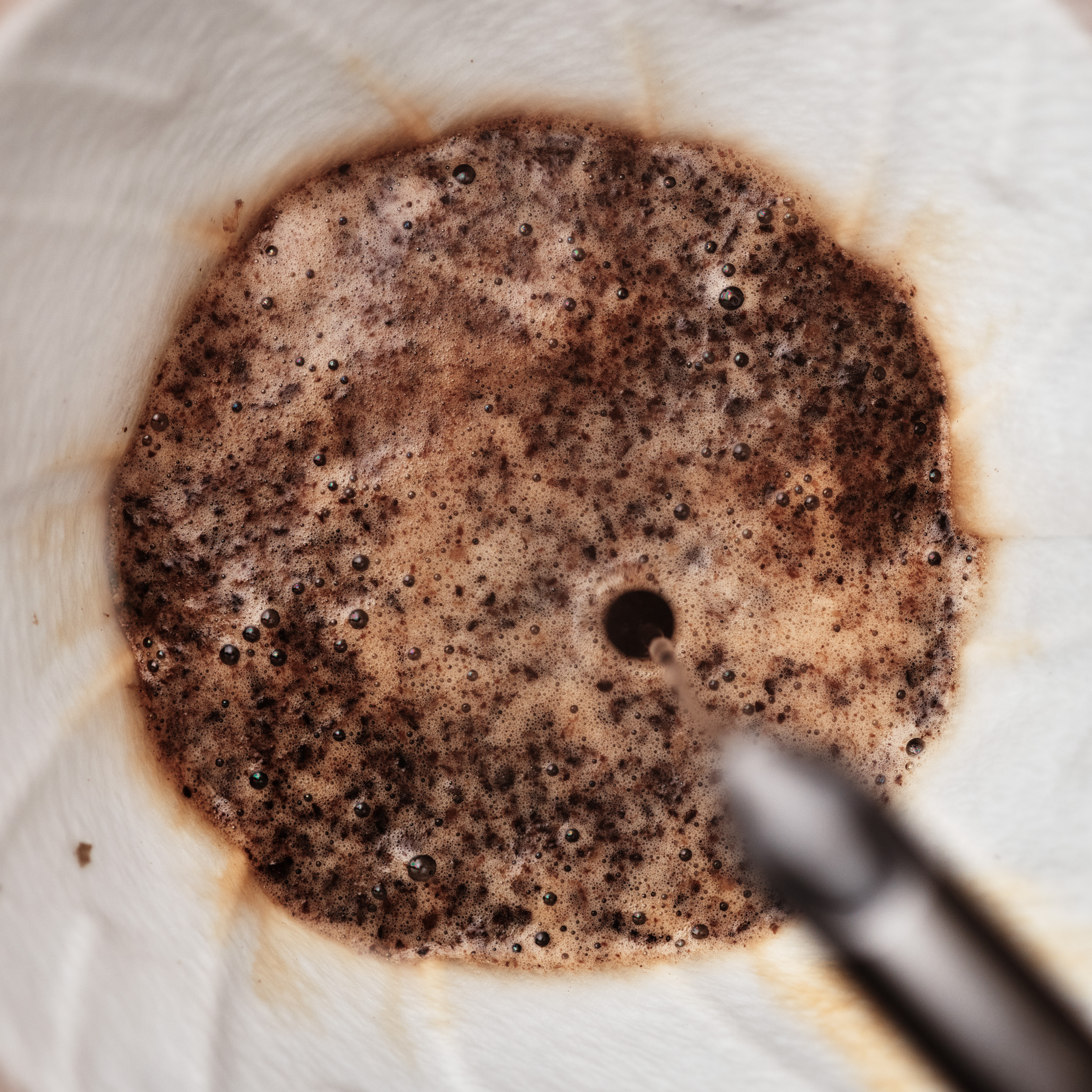
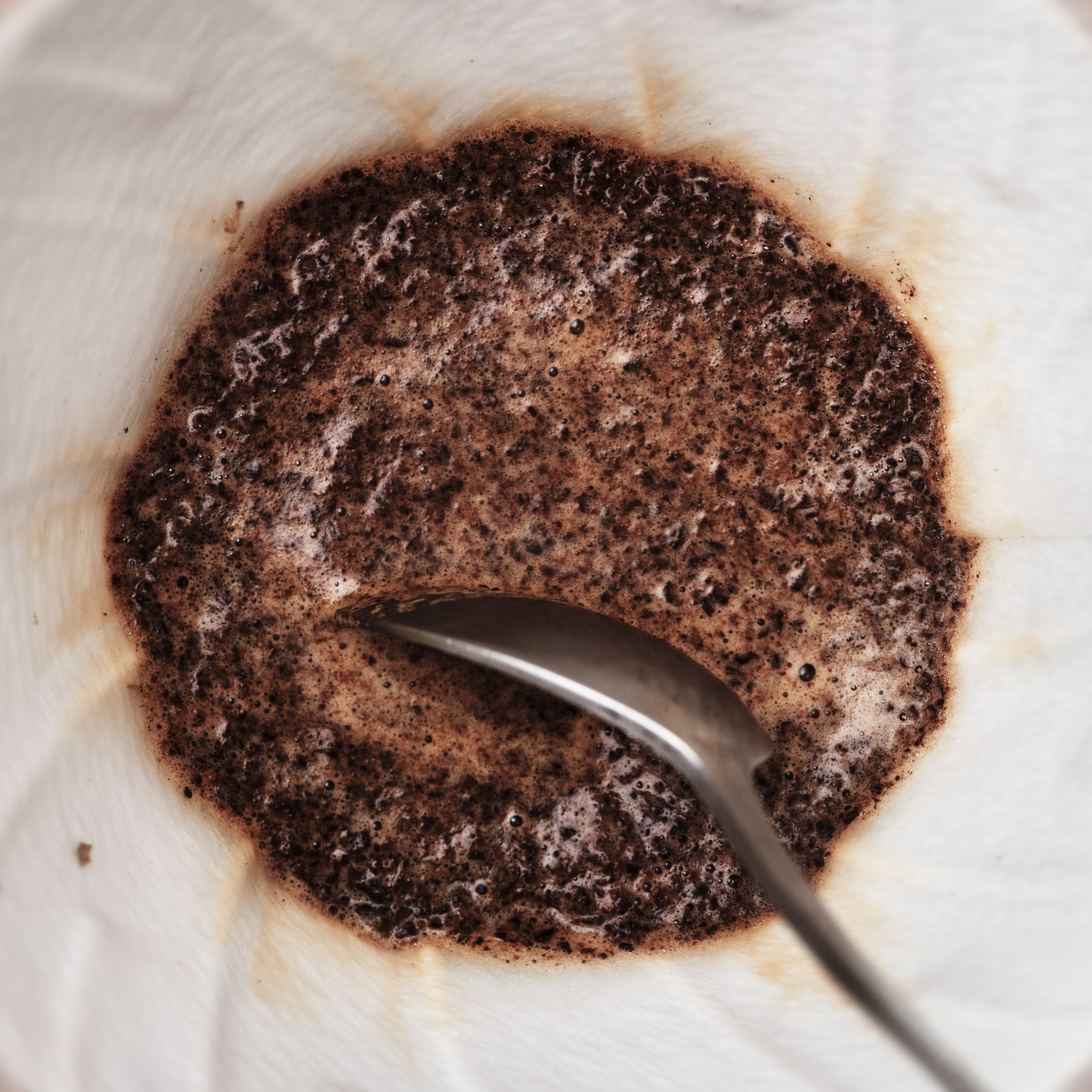
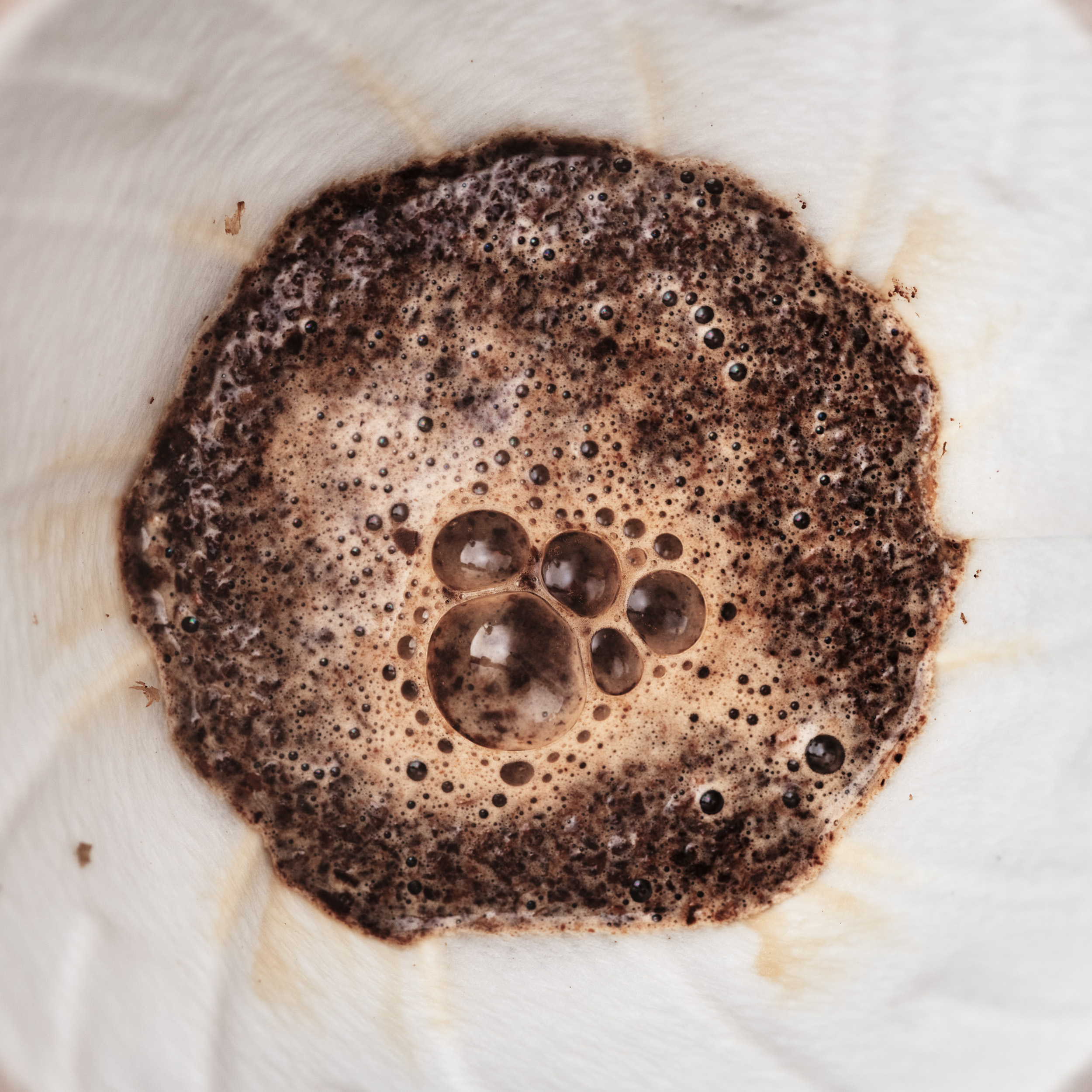
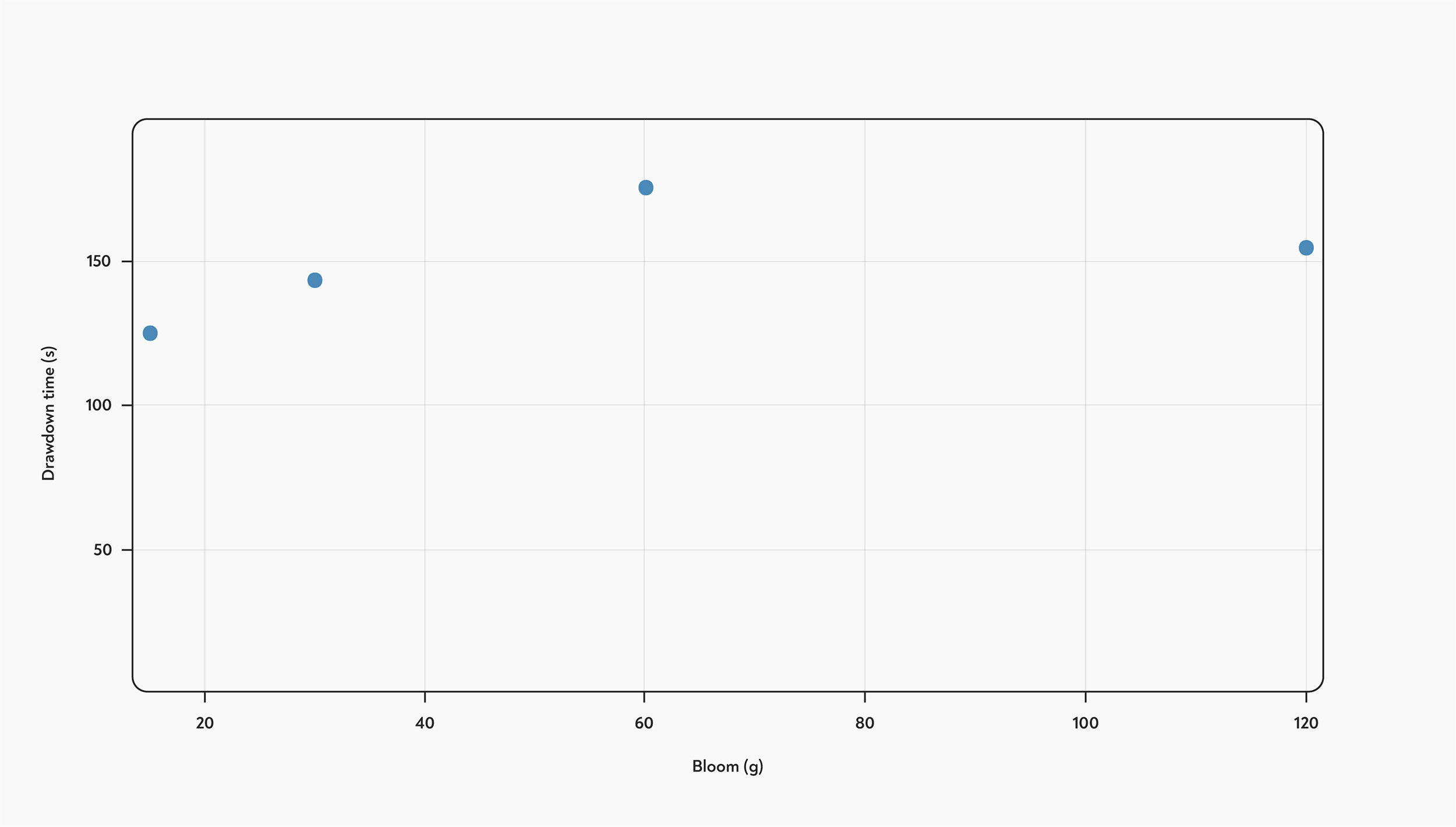
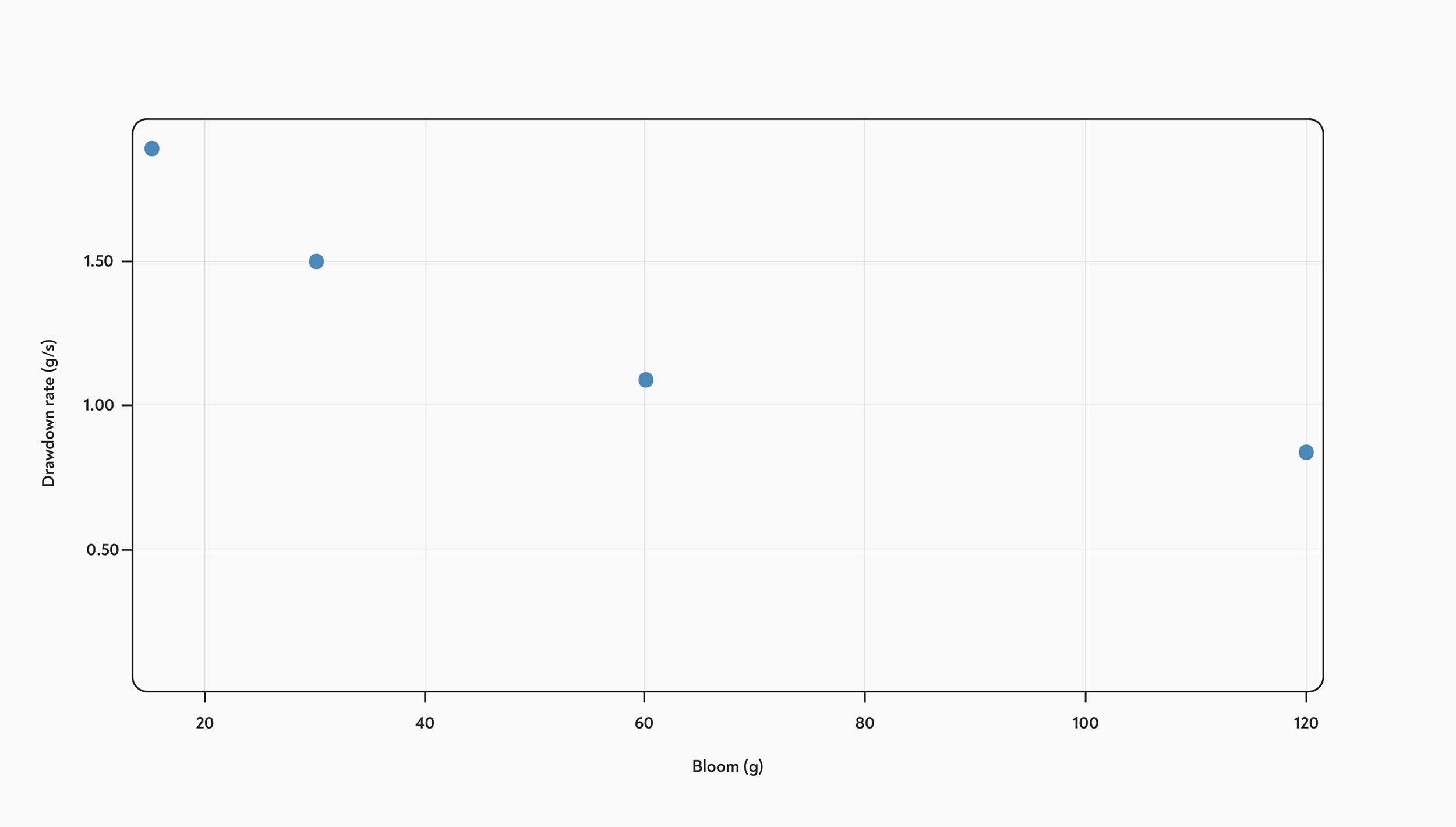
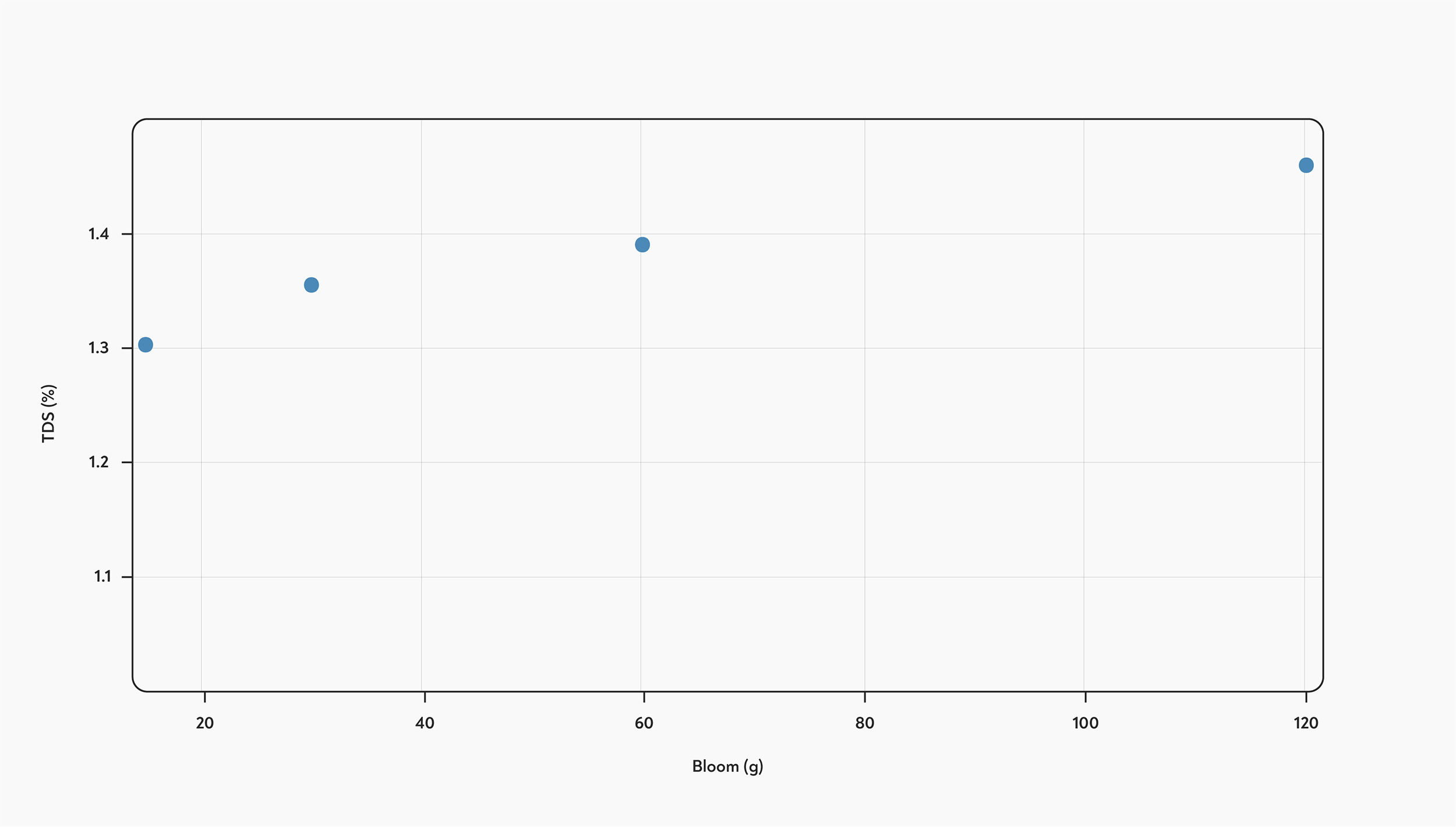




0 Comments